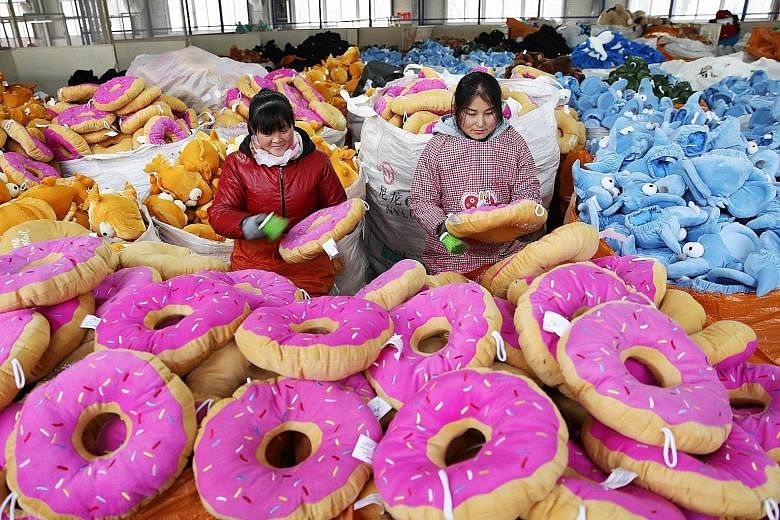The world economy is expected to grow 3.1 per cent this year, according to the World Bank.
This upswing could be fragile, however, with the risk of financial stress, increased protectionism and rising geopolitical tensions derailing the expansion.
In addition, activity in the East Asia and Pacific region is likely to moderate as China continues its gradual transition to slower but more sustainable growth.
The World Bank said its new forecasts follow a stronger-than-expected 2017, "as the recovery in investment, manufacturing and trade continues, and as commodity-exporting developing economies benefit from firming commodity prices".
Since its last report in June, the World Bank has upgraded nearly all of its forecasts, with global economic growth now expected to come in at 3 per cent for 2017, up from an earlier forecast of 2.7 per cent. Growth is expected to hit 3.1 per cent this year, and 3 per cent in 2019.
The brighter outlook comes as "the global economy is experiencing a cyclical recovery, reflecting a rebound in investment, manufacturing activity and trade", the report said.
The upturn is broad-based with growth increasing in more than half of the world's economies and also giving a boost to world trade.
This means 2018 is on track to be the first year since the financial crisis that the global economy will be operating at or near full capacity, the World Bank noted.
Closer to home, the report said growth in the East Asia and Pacific region strengthened marginally to 6.4 per cent in 2017, 0.2 percentage point higher than previously estimated. This was due largely to a significant improvement in the external environment.
Regional growth is projected to gradually slow to 6.2 per cent this year and 6.1 per cent on average from 2019 to 2020. This comes as the structural slowdown in China is expected to outweigh a modest pick-up across the rest of the region.
Still, the World Bank said the brighter global outlook is subject to substantial risks, including rising interest rates. Particularly worrying are longer-term risks and challenges associated with subdued productivity and the ageing of the global workforce.
World Bank Development Economics Prospects director Ayhan Kose said: "With unemployment rates returning to pre-crisis levels and the economic picture brighter in advanced economies and the developing world alike, policymakers will need to consider new approaches to sustain the growth momentum. Specifically, productivity-enhancing reforms have become urgent as the pressures on potential growth from ageing populations intensify."
The World Bank joins a number of organisations and economists projecting stronger growth for the year ahead. The International Monetary Fund said in October that the world economy will grow 3.7 per cent this year, the fastest pace since 2011. It will update its forecasts at the Davos gathering of world leaders later this month.
An OCBC Bank report said global and regional growth prospects look stable, but asset markets could have a choppy 2018 after a good run last year.


